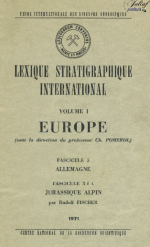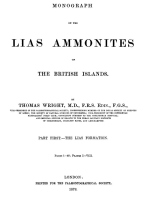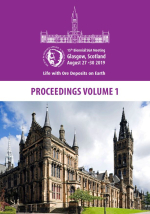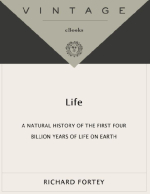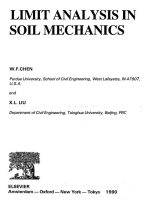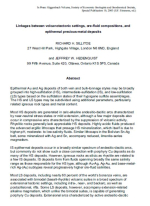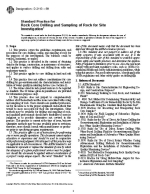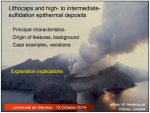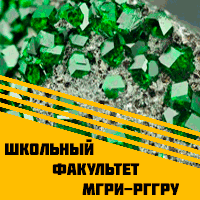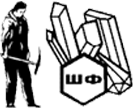Добрый день, Коллеги. Важное сообщение, просьба принять участие. Музей Ферсмана ищет помощь для реставрационных работ в помещении. Подробности по ссылке
- « первая
- ‹ предыдущая
- …
- 196
- 197
- 198
- 199
- 200
- 201
- 202
- 203
- 204
- …
- следующая ›
- последняя »
- « первая
- ‹ предыдущая
- …
- 196
- 197
- 198
- 199
- 200
- 201
- 202
- 203
- 204
- …
- следующая ›
- последняя »


